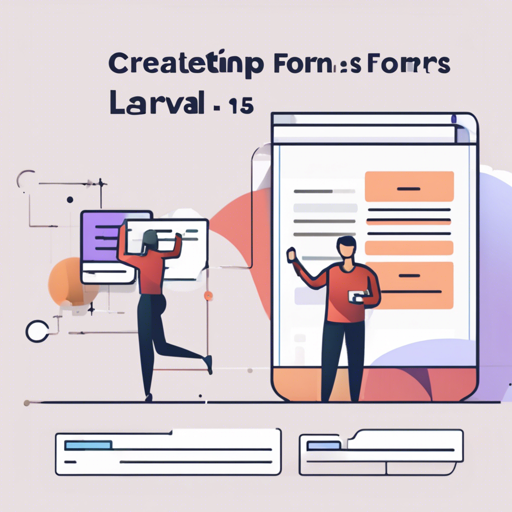In the world of web development, creating forms is a fundamental task, but it can quickly become complex and tedious. However, with the BootstrapForm package for Laravel 5, developers can simplify this process significantly. Let’s delve into how to harness the power of Bootstrap styling in your Laravel forms effortlessly!
Introduction to BootstrapForm
The BootstrapForm package allows Laravel developers to create Bootstrap 3 styled form groups seamlessly. By using the BootstrapForm facade instead of the traditional Form facade, you’ll enhance the appearance and functionality of your forms with ease.
Installing BootstrapForm
Follow these steps to install and configure the BootstrapForm package in your Laravel application:
- Start by requiring the package using Composer:
composer require watson/bootstrap-formconfig/app.php file:Collective\Html\HtmlServiceProvider::class,
Watson\BootstrapForm\BootstrapFormServiceProvider::class,Form = Collective\Html\FormFacade::class,
HTML = Collective\Html\HtmlFacade::class,
BootForm = Watson\BootstrapForm\Facades\BootstrapForm::class,Configuring BootstrapForm
You can customize BootstrapForm by running an Artisan command to publish the configuration to your config directory:
php artisan vendor:publishUsing BootstrapForm
BootstrapForm offers a range of methods to create various types of inputs easily. Below are some examples to get you started:
Opening a Form
To open a Bootstrap form, simply use:
BootForm::open();Creating Input Fields
Creating input fields is straightforward. Here’s how you can create a text input:
BootForm::text('username');This resembles sending a letter where you address the recipient (in this case, the username) and provide a specific message (the input). When you submit the form, Laravel will recognize ‘username’ as the content to process, just like the postal system knows how to handle your letter.
Handling Validation Errors
BootstrapForm can also handle validation errors beautifully:
BootForm::text('username', [
'error' => 'The username field is required.'
]);This will showcase the error message neatly beneath the input, guiding users to correct their mistakes just like a friendly post office clerk helping you with your address!
Adding Advanced Input Types
You can create checkboxes, radio buttons, and even input groups effortlessly. For example:
BootForm::checkbox('interests[]', 'Laravel', true);Imagine setting up a preferences list where each checkbox represents an option— users can pick as many preferences as they want, ensuring their choices are acknowledged without confusion.
Form Submission
Once you’re done creating your form, you can close it with:
BootForm::close();Troubleshooting Tips
If you encounter issues while using BootstrapForm, here are a few troubleshooting ideas:
- Ensure that you have successfully added the service providers in
config/app.php. - Check for typos in the method names or parameters when calling BootstrapForm methods.
- Clear your configuration cache using:
php artisan config:clear - If validation messages do not appear, ensure that Laravel’s validation rules are correctly set up in your controllers.
For more insights, updates, or to collaborate on AI development projects, stay connected with fxis.ai.
Conclusion
By using the BootstrapForm package, Laravel developers can produce stylish and functional web forms with less hassle. At fxis.ai, we believe that such advancements are crucial for the future of AI, as they enable more comprehensive and effective solutions. Our team is continually exploring new methodologies to push the envelope in artificial intelligence, ensuring that our clients benefit from the latest technological innovations.

